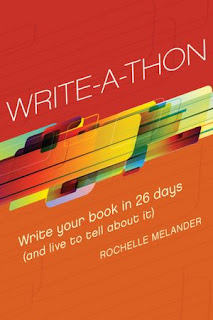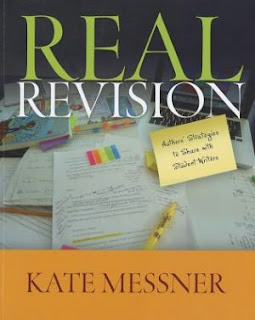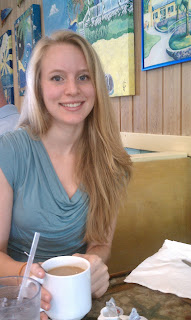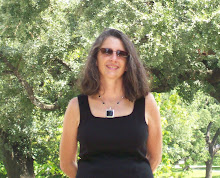It's time for our annual Halloween pumpkin post featuring the multi-talented
David LaRochelle, who is an awesome author, speaker, puzzle creator, artist, pumpkin carver and all-around astounding human being.
Here's David's latest pumpkin . . .
It was created to celebrate David's new book . . .
Last year, David's new book was perfect for Halloween . . .
Now, onto the new pumpkins . . .
And David's original Halloween post from 2010. . .
TOMB
it may concern: Halloween is my favorite holiday. And it's especially
BOOtiful this year because the amazing pumpkin carver, David
LaRochelle, is in the (haunted) house.
Before we get to David's astounding pumpkins, here are 6-1/2 things you should know about him.
1. His hilarious novel,
ABSOLUTELY, POSITIVELY NOT, won the
Sid Fleischman Humor Award.
2. This year, he is promoting TWO brand new picture books --
this one and
this one.
3. Reese Witherspoon read his book,
THE BEST PET OF ALL, at the WHITE HOUSE!
4. David and I have something in common. We both
create puzzles and have been published in
GAMES Magazine.
5. David has won some amazing prizes in a number of
contests. (Watch the video link at the end to hear about a doozie!)
6. Once a teacher, David now does MANY
school visits each year.
6-1/2. David is one of the nicest people I've ever met.
6-1/2 WAYS TO CARVE A FANTASTIC PUMPKIN WITH DAVID LAROCHELLE . . .

1.
Choose the right pumpkin. Check it all over (including the bottom) for
soft spots, especially if you buy your pumpkin a week or more ahead of
Halloween. More than once I've lost a lovely pumpkin to rot because a
teeny, tiny brown spot blossomed into a huge, mushy, rotten patch. And
don't shy away from odd-shaped pumpkins or pumpkins with "warts"; these
can be inspiration for a unique design.
2. Choose the
right tools. Sure, you can carve your pumpkin with a kitchen knife, but
for easier cutting and more intricate designs, buy yourself one of the
inexpensive pumpkin carving kits you can get at the grocery store (I use
PumpkinMasters, but there are other brands). For some of my designs I
use a Speedball linoleum carving tool (you can get these at an art
supply store) to scrape away just the outside layer of flesh rather than
carving all the way through the pumpkin skin.
3. Clean
your pumpkin well. Scrape the insides until the surface that you'll be
carving is about an inch thick. You can test it with a pin. If it's
thicker than that, it will be hard to carve a recognizable design; if
it's much thinner, the design might collapse.
4. Be
creative! As you plan your design, don't limit yourself to faces. I've
carved pumpkins with dragons, snakes, words, a clock, the cover of one
of my books, even a Halloween version of Grant Wood's painting "Amercian
Gothic." Let your imagination go wild! And who says you have to limit
yourself to Halloween ideas? Why not carve a flower, music notes, or
even a happy hamster? And sometimes the simplest designs, such as a
single question mark, can be the most striking.
5.
Transfer your design to your pumpkin. I draw my designs on tracing
paper, then tape the paper to my pumpkin and prick along the lines with a
straight pin. When I remove the paper, the pin pricks show my design.
6.
Lighting your creation. I usually use multiple (up to six or seven) tea
candles inside each pumpkin. It makes them glow like beacons, and in
case one candle goes out, the pumpkin will still look good. I've also
lit pumpkins with Christmas lights. A single blinking colored light
inside a pumpkin gives a very creepy effect.
And
finally, 6 1/2. Don't worry about perfection. If your knife slips while
carving, it will probably give your pumpkin more character. Some of the
favorite pumpkins I've seen in the neighborhood are ones with lopsided
mouths or mismatched eyes.



To watch David carve a pumpkin and discuss some of his unique carving experiences and amazing contest wins, click
here. To go to David's pumpkin-carving page on his site, click
here. To learn more about David LaRochelle, click
here.
Here's hoping everyone has a Halloween to DISMEMBER. (Insert evil laughter here.)






















































